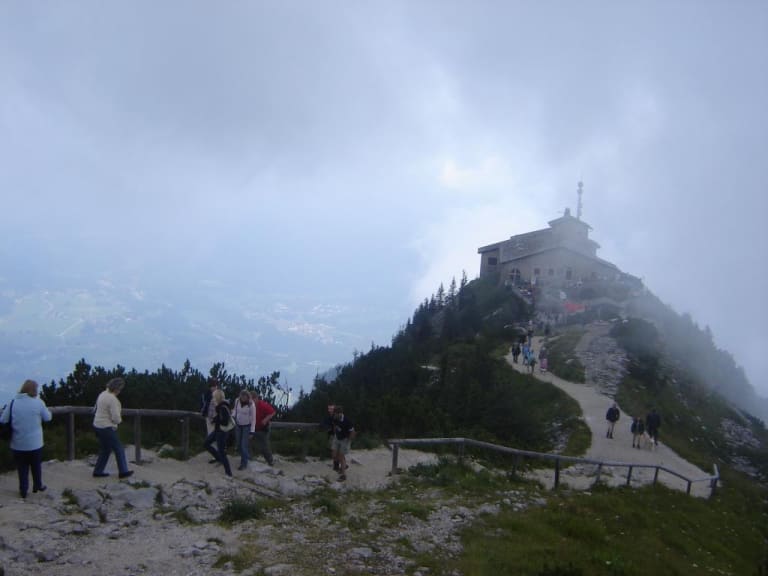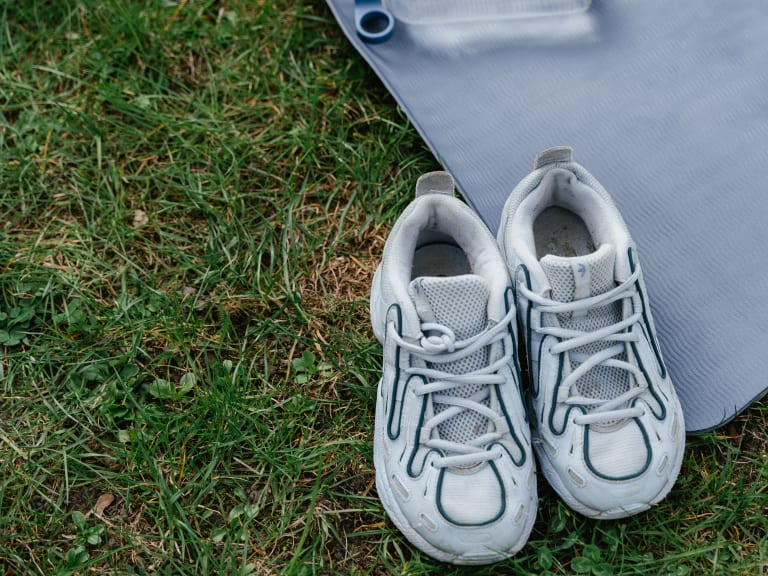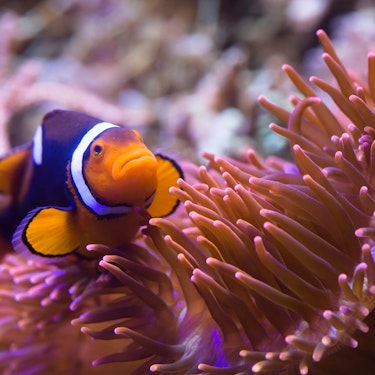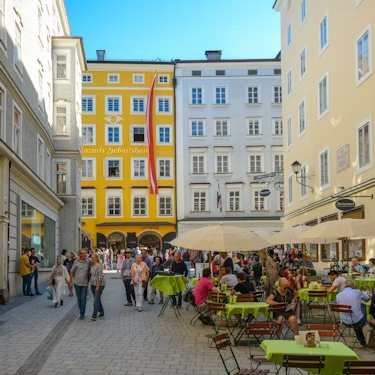More about: 6 Best Munich World War II Tours
Munich is one of Germany's most important cities and is full of places that represent the culture of its people. It also has many legends that take us on a journey through ancient and more recent history. But one of the things you have to see and do in Munich is undoubtedly to remember what happened during World War II, the era of National Socialism, which left its mark on the city and its inhabitants.
The city wants you to learn about its history so that it can purge itself of the past and ensure that it is not forgotten, encouraging reflection. There are many tours and excursions in Munich, and many of them provide insight into these places that transport you back in time. I recommend some excursions, and you can choose the one that suits you best to combine with your visit to the beautiful city of Munich.
1. Tour of the resistance at the University of Munich

In addition to being one of the city's main attractions, the University of Munich is a place where you can start a guided tour to learn about World War II. Access to the university is completely free, and you can get there by taking the Munich subway to the Universität station on lines U3 and U6. This fantastic tour will show you the university resistance movements. All you have to do is hire a guide who will tell you the story.
On this tour, you can learn about the peaceful White Rose movement, a group of German students from the University of Munich who denounced Nazi policies, including the siblings Hans and Sophie Scholl, who were denounced and later executed in 1943. Your guide will tell you the stories that this proud institution holds from this difficult period in history.
Although there is no tour organized by the institution to visit the university buildings, there are private tours that can guide you around the facilities, which are open to the public and can be visited at your leisure, allowing you to enjoy the architecture of the site. This is a place to experience history, where the chronology of the brothers and their political struggle until their execution is narrated.
Details of interest
-
Price: around €50
-
Duration: 2 to 3 hours
-
Transportation: the tour is on foot
2. Tour of the residences where Adolf Hitler stayed in Munich

Munich was not only the epicenter of National Socialism, but also, along with Bavaria, Hitler's favorite place to stay before and during the war. On this guided tour, discover the Führer's residences and learn about the most personal and everyday aspects of this controversial historical figure on a tour that lasts around two hours and is quite entertaining because the guide narrates the story from a biographical perspective about the leader of the Third Reich. The tour costs approximately €20.
From the central station, you will meet the guide who will take you to all of Hitler's residences. You will start this tour in the first apartment where he lived before the outbreak of the First World War at number 34 Schleissheimerstrasse. In this narrow building, Hitler lived on the third floor in a room with Rudolf Häusler, an old friend from his youth who became one of the few eyewitnesses to Hitler's life.
To see Hitler's second home in Munich, you have to walk through the historic center, near the Isar River at 41 Thierschstrasse. Hitler lived here from 1920 to 1929, during which time he led the Munich Putsch, the famous attempted coup d'état.
Prinzregenten Platz 16 is Hitler's last residence and one of the most important historical sites in Munich. He lived here during his term in office, on the second floor, which now serves as a police station. One of the curiosities of this house is that in 1931, the chancellor's niece, who was also his mistress, committed suicide here.
Interesting details
-
Price: around €30
-
Duration: 2 to 3 hours
-
Transportation: on foot
3. Tour on tolerance and hospitality at the Jewish Center

An encounter with the history of the Jewish people that touches your soul and highlights the value of their culture in the face of the atrocities of World War II, referenced in the streets of Munich. On this tour, you will have the opportunity to visit the Jewish Center, a project developed by the city that includes the new main synagogue of the Jewish community, the Jewish Museum of Munich, and a community center.
The Jewish Museum of Munich will immerse you in reflection. It is one of the best things you can do with children in the city for their education. It was built with the aim of conveying Jewish history, culture, and art. With its 900 m2, it is a modern building that evokes the Wailing Wall. Its three floors house permanent and temporary exhibitions that immerse you in the culture of the Jewish people in Munich.
When you leave the museum, you will find yourself on the same sidewalk as the Ohel Jakob synagogue. This is Munich's new main synagogue, which was built between 2004 and 2006. The day it opened its doors was the 68th anniversary of Kristallnacht, a tragic episode for the Jewish people in which the old synagogue was burned and destroyed.
The synagogue can hold up to 550 worshippers and is open to visitors. You will marvel at the cubic design of the building, made of concrete covered with travertine stone at the bottom. The most impressive feature is the glass roof, whose shape recalls and symbolizes an ohel, a tent characteristic of nomadic Hebrew groups in the desert, symbolizing Moses' 40-year journey through the desert with the Jewish people.
Finally, you can enter the community center, which is designed as a public meeting place and cultural hub, with different levels housing youth and cultural centers. It is a place where you can connect with Jewish hope, tolerance, and hospitality. And if you want to eat, across the square is Einstein, a restaurant with kosher specialties that will allow you to sample Jewish cuisine at the end of the tour.
Details of interest
-
Price: Museum admission is €6 (adults), €3 (students), and free (children under 18). The rest of the sites are free.
-
Duration: 3 hours
-
Transportation: walking between the three sites to visit
4. Tour of Marienplatz as a public government space with a Nazi past

Are you wondering where the soul of Munich lies? Visit Marienplatz to discover the heart and center of the city. From this square, your guide will tell you about the iconic Third Reich rallies and the terrible bombings that took place in the center of Munich towards the end of World War II. On this tour, you will see the sites where the Nazi movement was founded and the subsequent bombings.
The square underwent a period of reconstruction of some of its attractions due to the destruction caused by the fighting during World War II, such as the Fischbrunnen, the main fountain in the square, which was bombed in 1944 and restored 10 years later with the remaining parts of the original figure. Today, it is one of the city's most famous meeting points and a must-see on your tour.
Near the square, you will find the old town hall. Before the war, it was here that the Nazis planned and carried out the tragic events of November 9, which led to the event known as Kristallnacht. The site became an administrative building during the war, only to be reduced to ashes by bombing. Today, it has a completely different use: you can visit the Toy Museum.
The new town hall, on the other hand, in neo-Gothic style, is still the seat of the municipal government. This unique palace was destroyed in 1944 and rebuilt from the original design. If you walk three minutes to Munich's most famous brewery, the Hofbräuhaus, located at Platzl 9, you can learn about how the Führer attempted a coup against the Weimar Republic and how this place was key to the founding of the German National Socialist Workers' Party.
If you walk one block south from the entrance, you will reach the popular market. If you have some time, take advantage of the opportunity to visit Munich's Viktualienmarkt, a place that has been around since the 19th century and survived the war. You can take advantage of your visit to the square and start your gastronomic tour of Munich with a hot pretzel and a cold beer to refresh your mouth after the tour.
Interesting details
- Price: around €50, although if you plan to visit the Toy Museum, admission is between €4 and €6.
- Duration: 2 to 3 hours
- Transportation: subway, bus, and S-Bahn to get there, walking while you tour
5. Tour of the horror of the Dachau concentration camps

Along with Auschwitz-Birkenau, the Dachau concentration camp is one of the most distinctive sites of the genocide committed by the Nazis during World War II. The tour of the concentration camp will allow you to learn in detail about the spaces and stories that were lived there, remembering the more than 200,000 prisoners who were held there. The tour lasts approximately 2.5 hours and is not open to children under the age of 13.
If you're wondering how to visit the Dachau concentration camps, you should know that this site is located 13 km outside the city of Munich, so you'll need to take a train to Dachau and then a bus towards Saubachsiedlung. However, there are tours that include direct transportation. Admission to the site is free, and the tour costs around €22-28.
Once at the concentration camp, you can visit the museum, the interpretation center, the barracks, and the crematoria. The best way to visit the site is with a specialized guide, who will narrate and contextualize the events that took place in each area during the 12 years the camp was in operation.
Dachau was the first concentration camp and served as a model for those built later. During the 12 years the concentration camp was active, 200,000 people were imprisoned and 41,500 prisoners were murdered. On this tour, you will learn about the tragic history of this death factory and how, on April 29, 1945, American troops arrived to liberate the survivors.
Interesting details
-
Price: between €3 and €5, but the tour can cost between €22 and €28
-
Duration: 2.5 to 3 hours
-
Transportation: take the S2 suburban train to Dachau. Then take bus 726 towards Saubachsiedlung.
6. Tour of the Eagle's Nest, Hitler's residence in the Bavarian Alps

On his 50th birthday, the National Socialist Party gave Adolf Hitler the Eagle's Nest, an alpine chalet in the middle of the Kehlstein mountains with spectacular views of the mountains and valleys of the Bavarian Alps, very close to the German-Austrian border, on the outskirts of Munich. Today, you can visit this residence by booking a tour that takes you to Obersalzberg, where the tour begins. The entrance fee to the residence can be as high as €60, but children under 4 years old can enter for free.
To enter this residence, you can use an elevator that rises to reach the last 124 meters and passes through the rock inside. Once you reach the top, you will be at an altitude of 1,834 meters and can enjoy the panoramic view from the villa's outdoor viewpoints. You can also see the exhibition inside, which features original possessions that passed through Hitler's hands during World War II.
The Eagle's Nest Documentation Center, a museum about the history of the Third Reich, is also located here. Due to its proximity, you can take advantage of this tour and escape to Salzburg on tours departing from Munich and return to the city at the end of the day.
Details of interest
-
Price: for adults it can cost up to €60, children under 4 years old can enter for free.
-
Duration: 5 to 8 hours
-
Transportation: bus.
Tips for taking a World War II tour in Munich

If you are going on World War II tours in Munich, I recommend wearing comfortable clothing and shoes, sunscreen, a hat to protect yourself from the sun, and plenty of water, as the tours involve walking for several hours, some of which will be outdoors.
Meals are not usually included in the tours, so I recommend bringing money for this or packing nuts for a quick source of calories in your backpack. You can also organize and locate possible places to stop for lunch according to your travel group's preferences or your own.
Since most of the sites are historically and architecturally significant and are excellently preserved, I recommend that you don't forget to bring your camera to immortalize your visit to each of the sites on the Munich city tour.
Why it is recommended to take a tour in Munich

Munich is a city with many buildings and landmarks that offer insight into the birthplace of the Third Reich in a historical sense, from concentration camps to Nazi architecture in government buildings and public meeting places. In addition, Munich can be a central point from which you can travel to places you never imagined you would see, such as Rothenburg from Munich or the beautiful village of Berchtesgaden.
On the other hand, Munich offers a glimpse of older Germany, with its Gothic, Neo-Gothic, and even medieval architecture and decorations, which you can see by visiting Neuschwanstein Castle. The churches are spaces that house treasures in the form of monuments and priceless works of art, such as those found in Marienplatz and the surrounding area of Munich city center.
It is a city that is fully open to tourism, so you can choose from a wide variety of excellent tours that depart from here, with the amenities and itineraries that best suit what you want to see. It would be a good idea to use one of the best tourist buses to get an overview of the city. If you want to get closer to the history that Munich holds, you will find a little piece of the city, its people, and its culture to discover in every corner.














